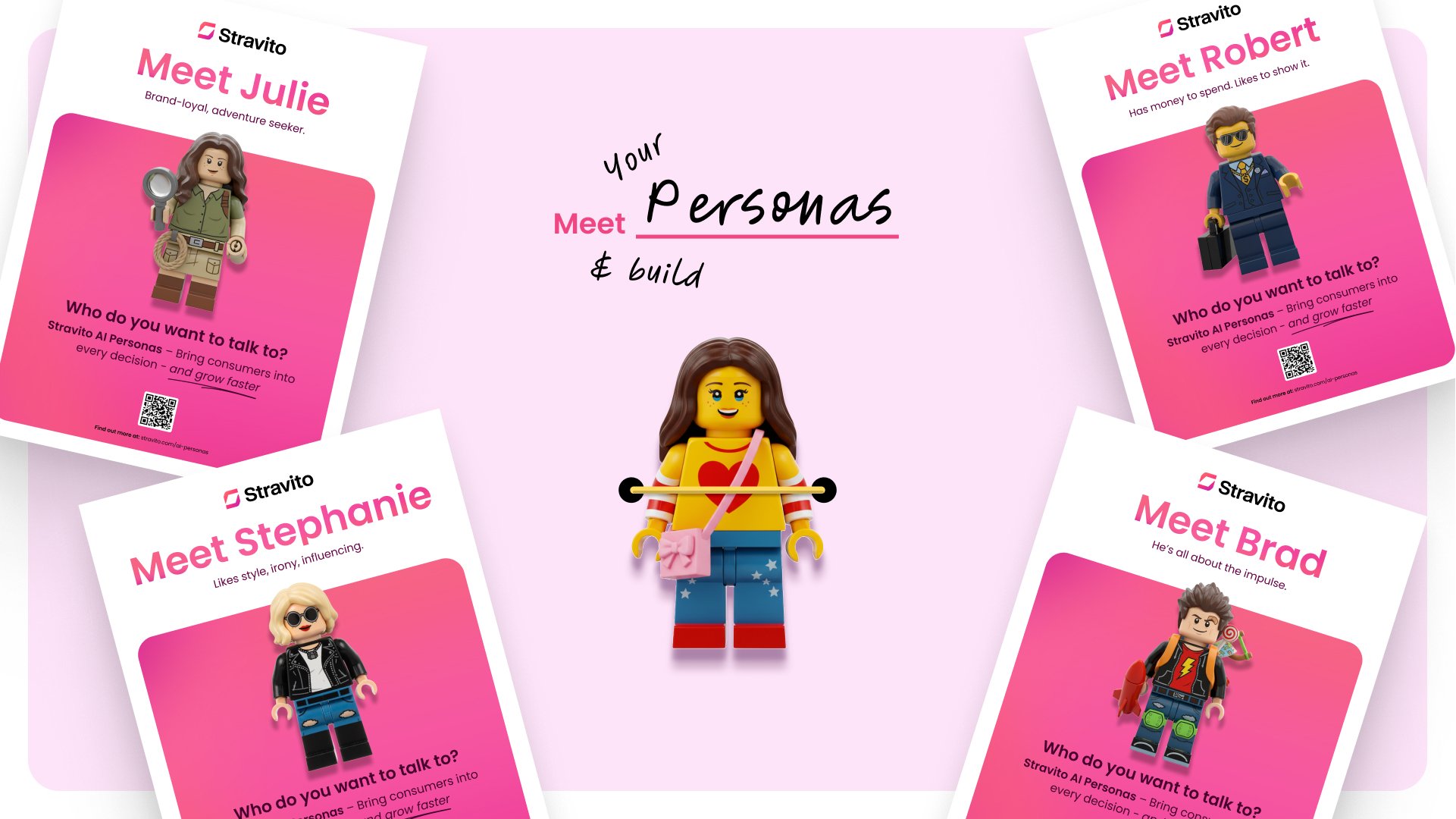The emotional punch of sound in branding is powerful, yet often overlooked. That was the core message from Hear Me Out co-founders George Holliday and Luke Moseley on their recent episode of the Insighter’s Club Podcast.
George and Luke, both seasoned musicians and producers, didn’t initially plan to build a creative audio agency. But after years of working hard on campaigns for major labels and TV adverts, from Tesco to Thomas Cook, they grew frustrated with how often sound was added on at the last minute.
The pair realized that brands were missing out on the power to define and direct their sonic branding strategy with as much care as they put into their copy and visuals.
George and Luke built Hear Me Out to transform that approach. Their goal? To make sound a strategic part of brand identity, not an afterthought.
Keep reading to learn why sonic branding is so important and how you can get started with your strategy, no matter where you are on your journey.
Sonic branding isn’t just a jingle
Sonic branding, also known as audio branding, involves strategically using sound to evoke emotions and boost brand recognition. But sonic branding is far more than just a catchy tune.
It’s every sound your audience hears from you: on your social media platforms, in-store, and in your products. Together, these sounds create your sonic identity.
However, not many brands invest in this space. In fact, only about 4.5% of media spending in the U.S. goes to audio.
Think two-second chimes before your logo shows up or a curated playlist in your store to shape the energy and mood. Even your internal comms, like the startup chime in a service van or meeting alerts, can reflect your brand.
As George puts it, “Every brand has a sound. But not all brands are aware of it.”
Measuring emotion through audio
One of the challenges with sonic branding is proving its ROI. Sound works by triggering emotions, which is incredibly difficult to measure.
That’s why Hear Me Out began collaborating with researchers to use tools like implicit bias testing. This method measures subconscious responses to sound to go beyond surface-level feedback because emotions can be difficult to track with traditional methods like surveys alone.
This emphasis on subconscious testing is critical, given the speed at which our brains respond to sound. An auditory stimulus, which is any sound that activates your hearing system, reaches the brain in just 8–10 milliseconds. Meanwhile, a visual one lags behind at 20–40 milliseconds. So every time you interact with a piece of content with sound attached to it, it’s the first thing your brain responds to.
This extraordinary speed is why music can make or break a brand experience. If you’ve ever experienced negative emotions with hold music or relate a song directly to an ad, you’ll know that sound definitely leaves a mark.
The right sounds can improve trust, engagement, and recall. But on the other hand, poorly chosen or misused audio can do the opposite.
Start small and start now
It's tempting to put off your sonic branding strategy, not because it’s unimportant, but because it can feel overwhelming. After all, there are many directions to explore and an almost endless supply of songs and sounds to choose from (or create yourself). But making space for sonic branding early on can be a powerful way to strengthen brand recognition and emotional impact.
Try starting with a quick audit, like reviewing your last ten social media videos. Do they sound like they’re coming from the same brand, your brand? Could you create more consistency with tone or tempo?
After working on your sound consistency, you can start making strategic choices. Define the sonic elements that best support your brand’s personality and audience expectations. That might mean developing a custom brand track or setting clear audio guidelines for other team members.
Remember, you don’t need a complete sonic rebranding to get started. It can naturally evolve with each step.
The key is to act soon. Your sonic branding strategy doesn’t have to be perfect to be powerful or make a difference. You just need to get started.
The future of sound in branding
George and Luke expect sound to play an even bigger role in campaign segmentation, personalization, and even sustainability. From custom audio designed for specific demographics to soundscapes that help restore coral reefs (yes, really), the potential of sound extends far beyond advertising. As they see it, this is just the beginning.
The real question for brands isn’t whether they should start working on a sonic identity. It’s whether they're consciously making the effort to curate one.
Whether intentional or not, your brand is making noise. Now’s the time to ensure it reflects what you want it to, because sound helps people remember how you made them feel.
🎧 Listen to the full podcast episode here to learn more about sonic branding in depth🎧




